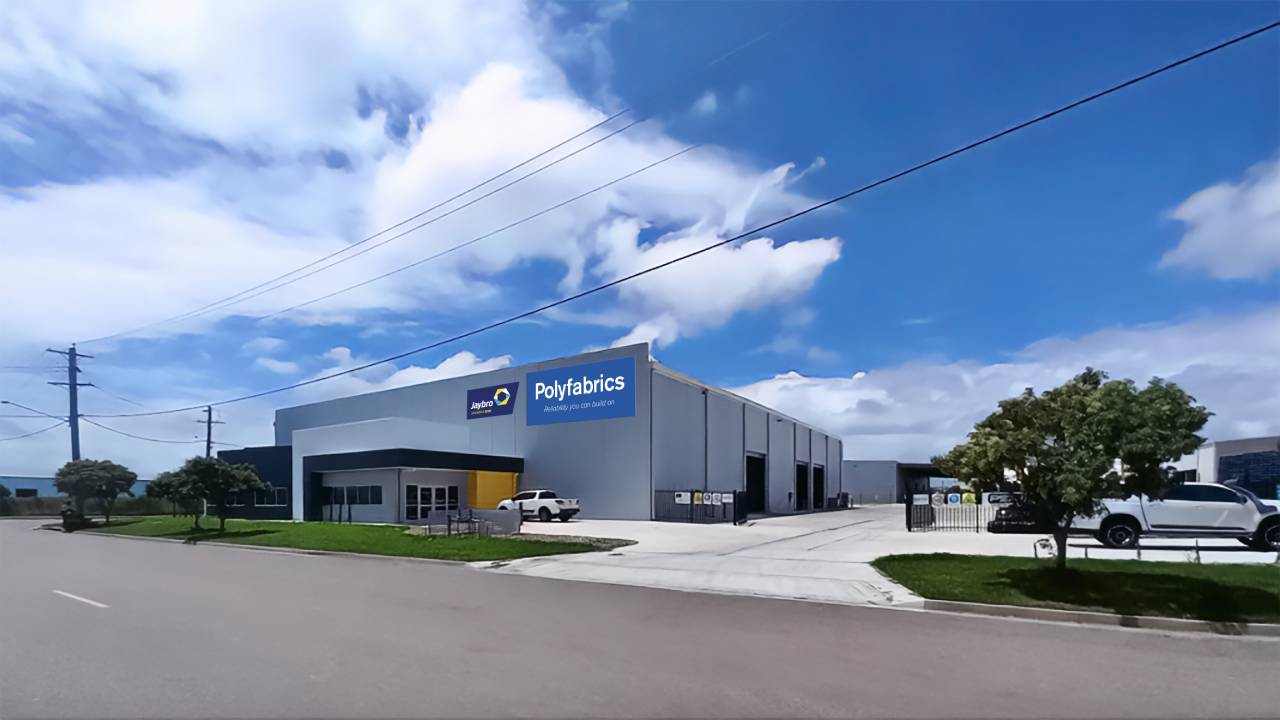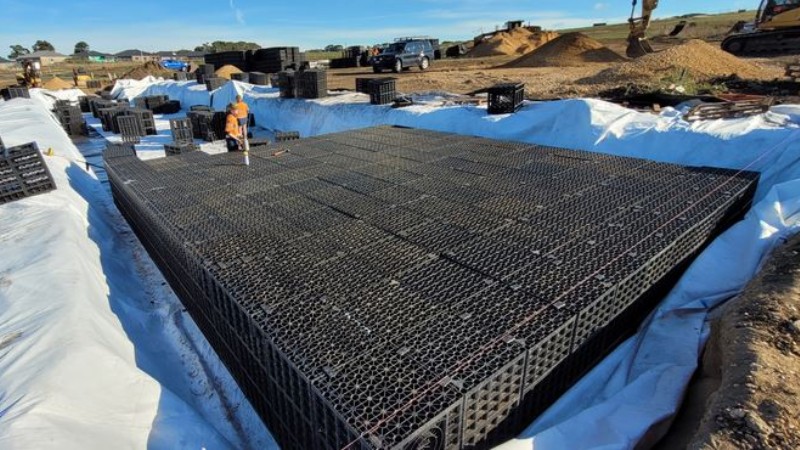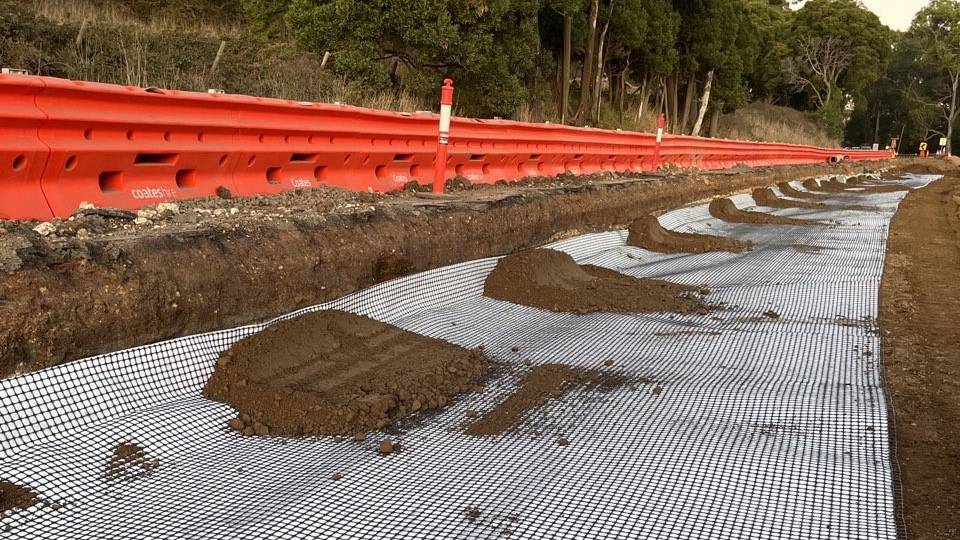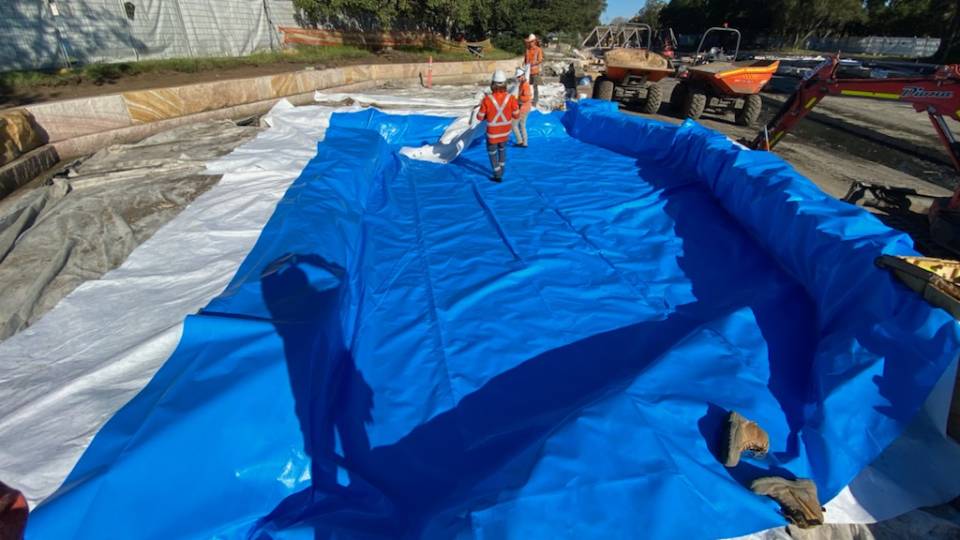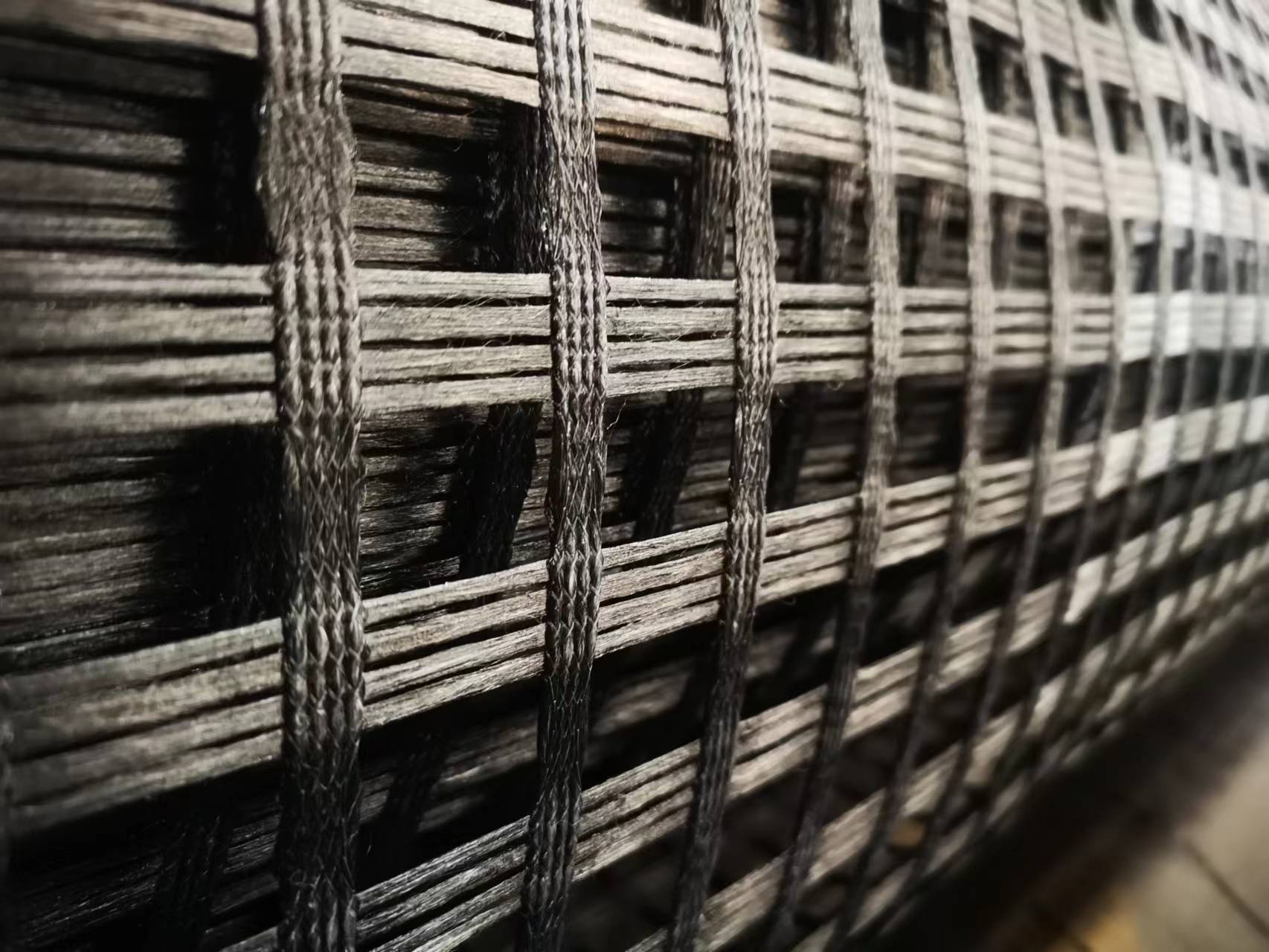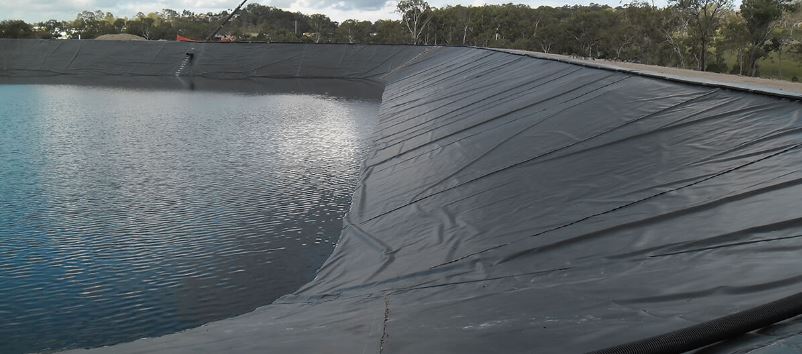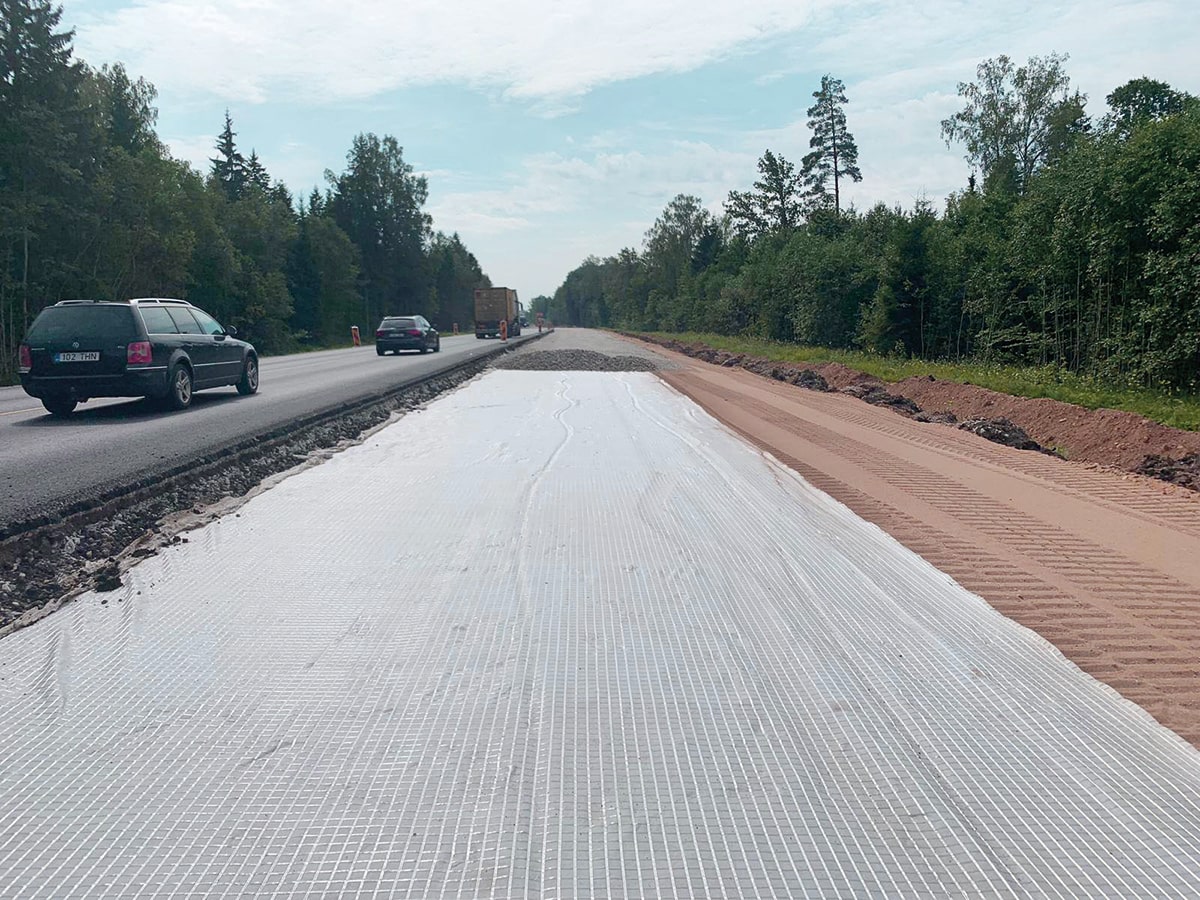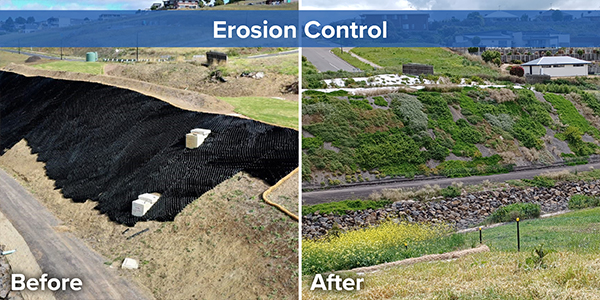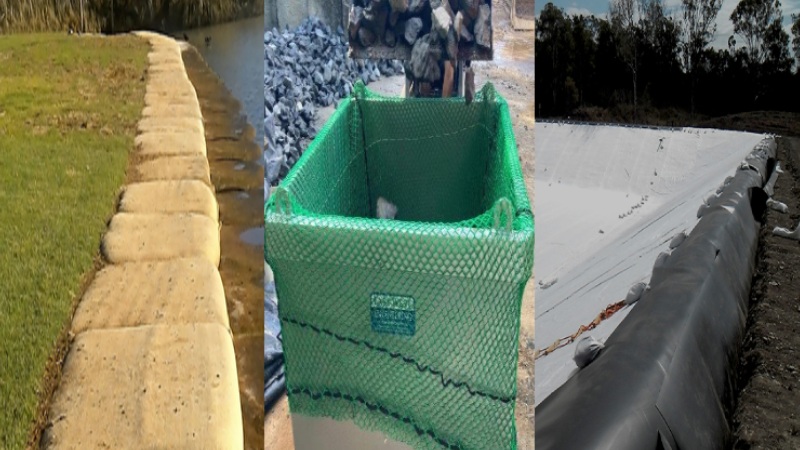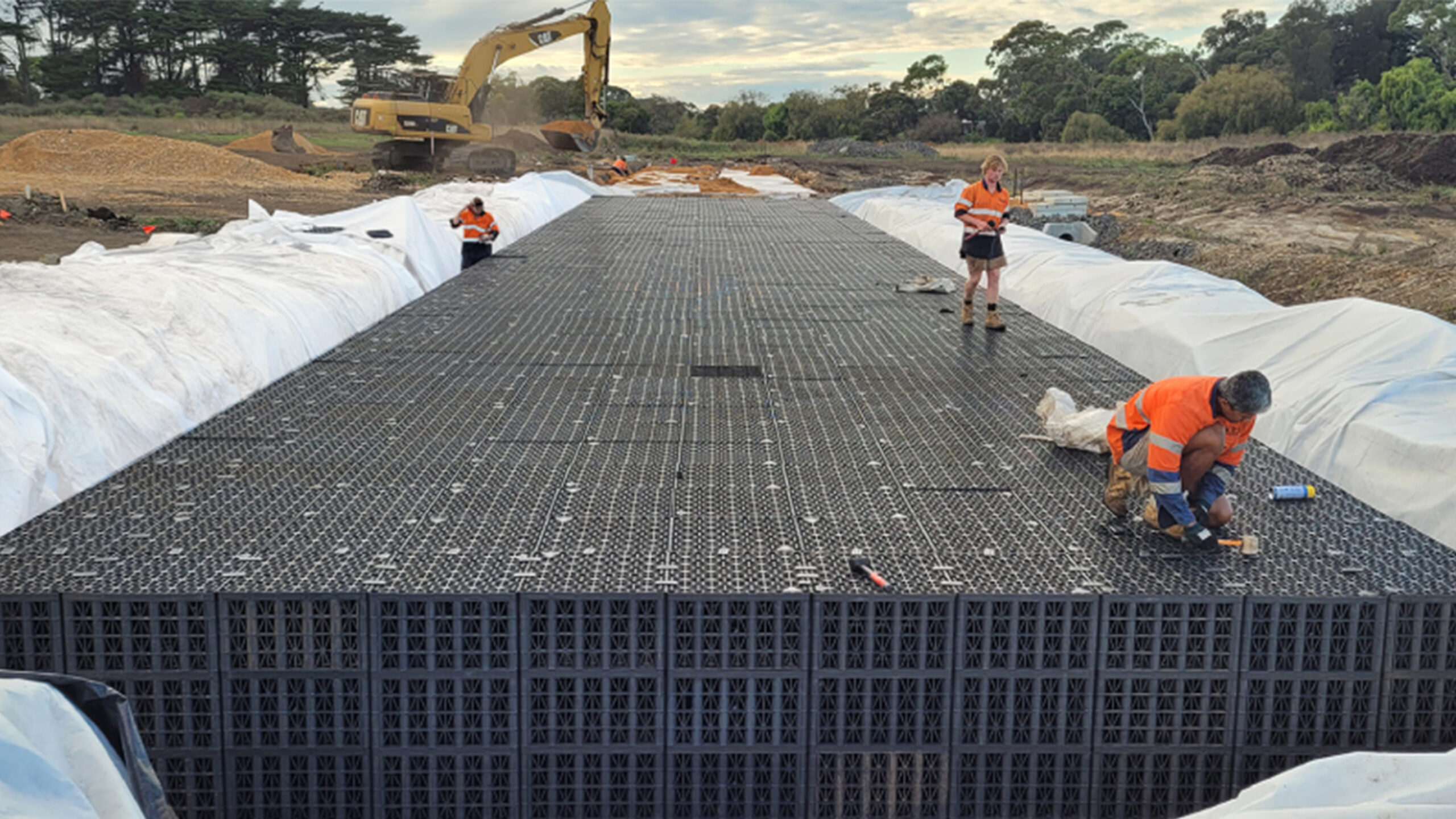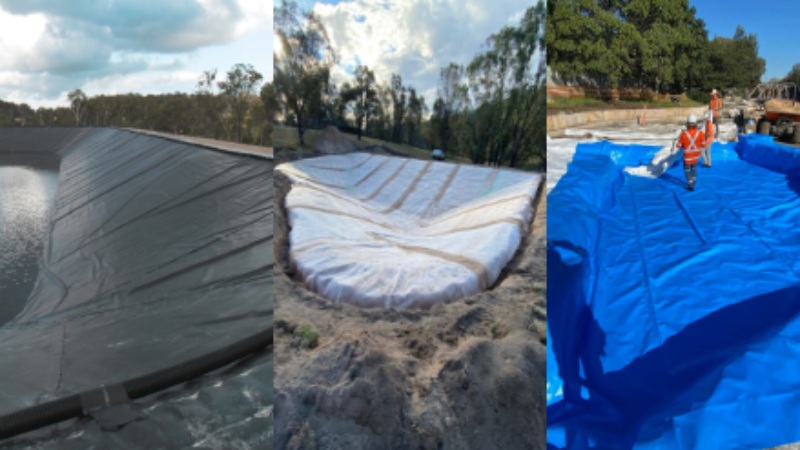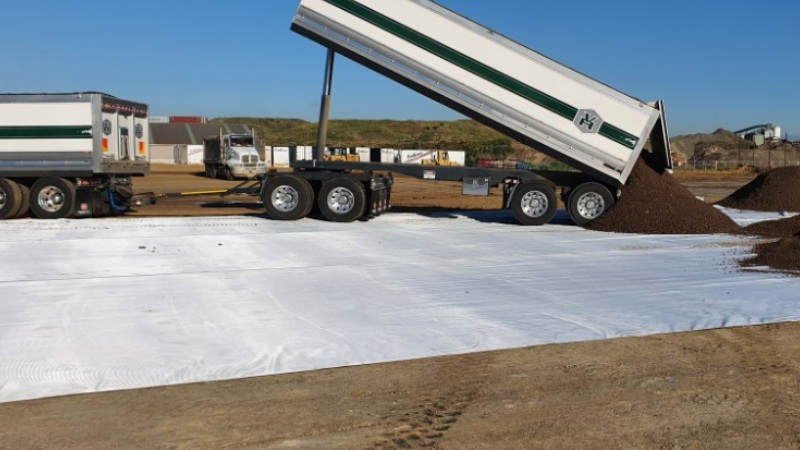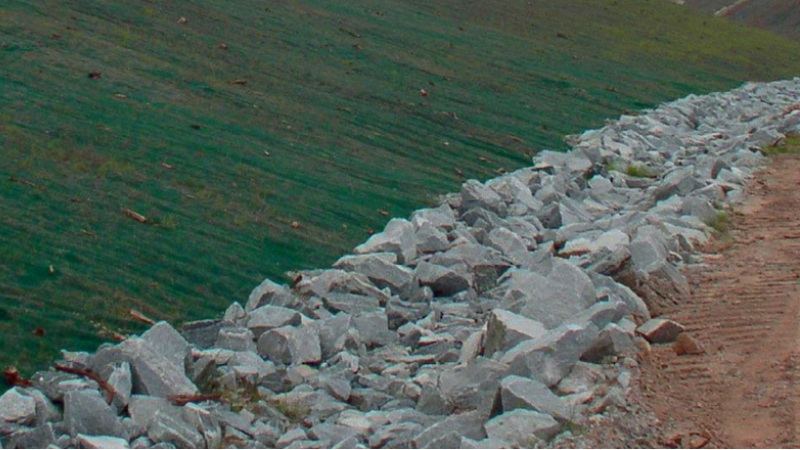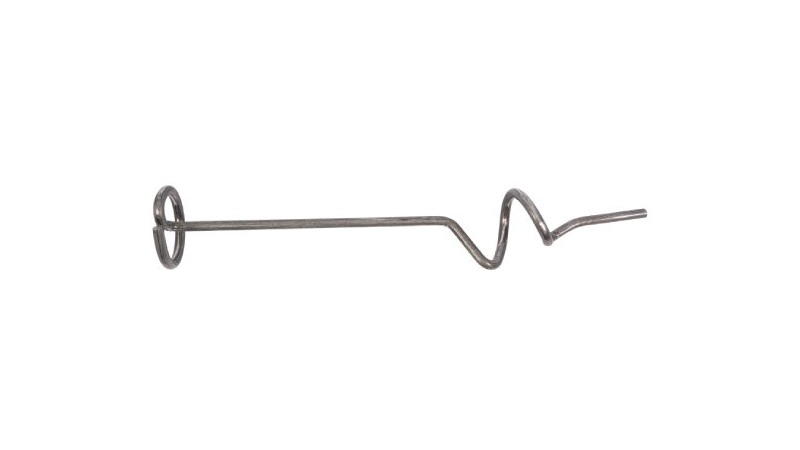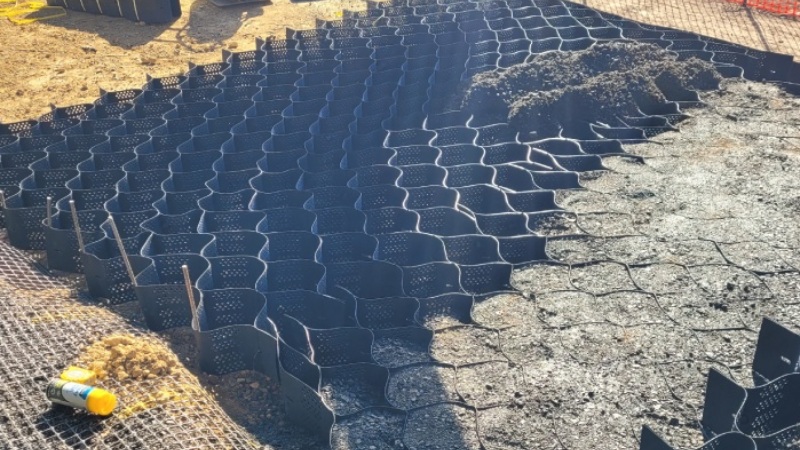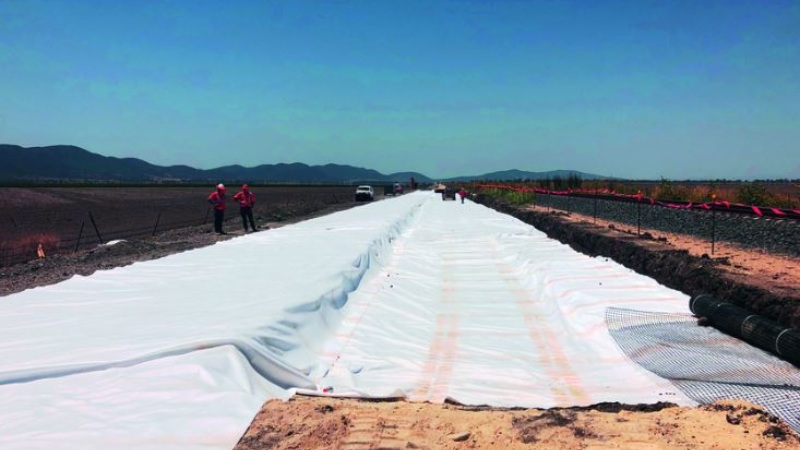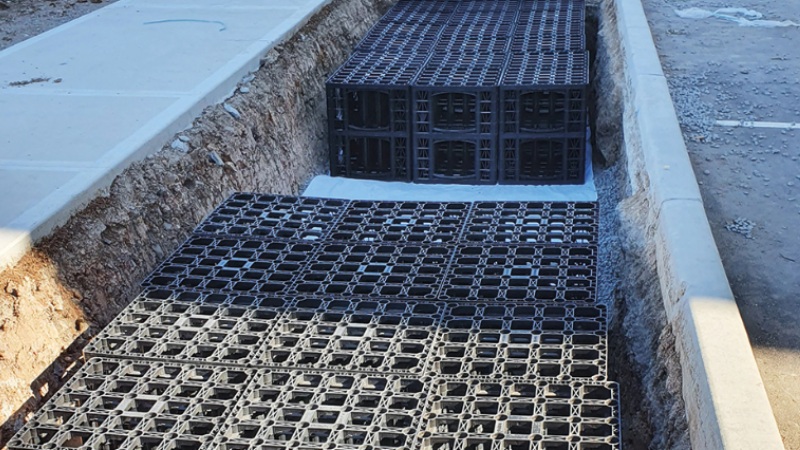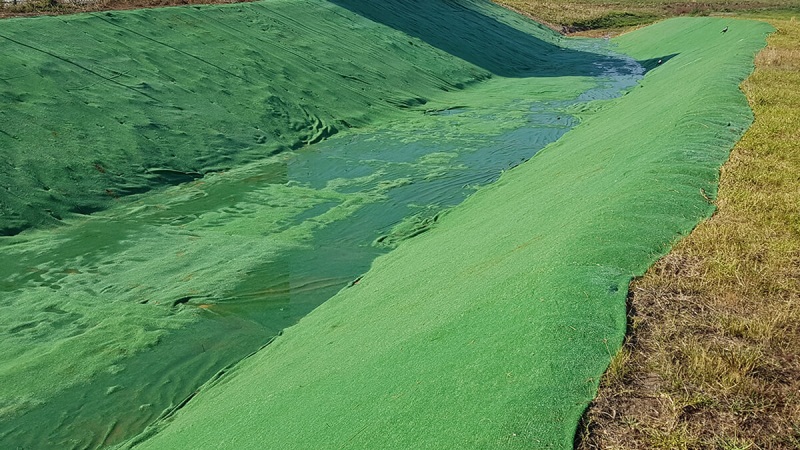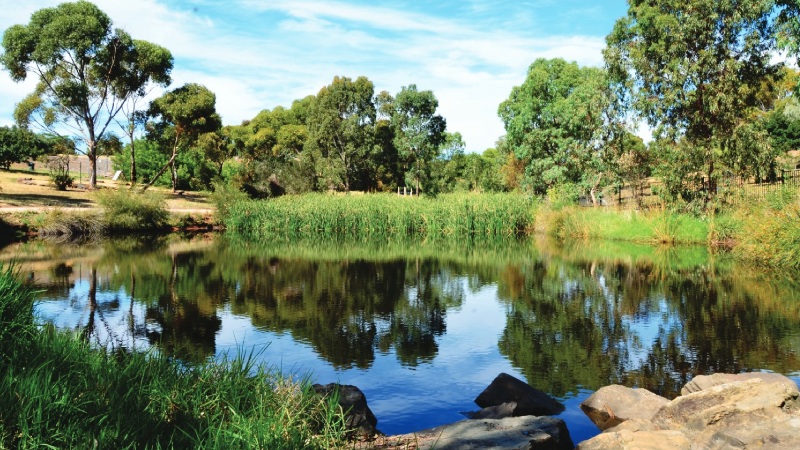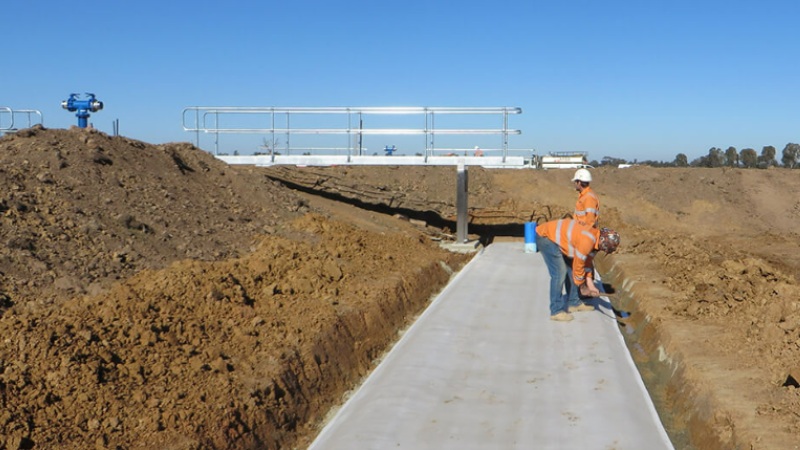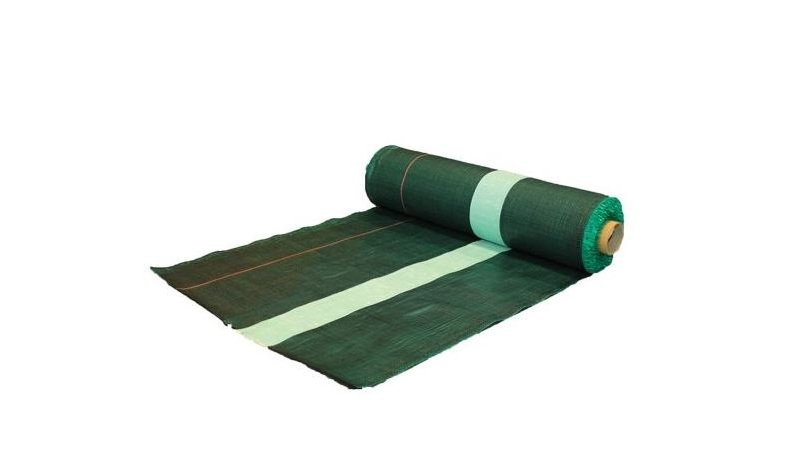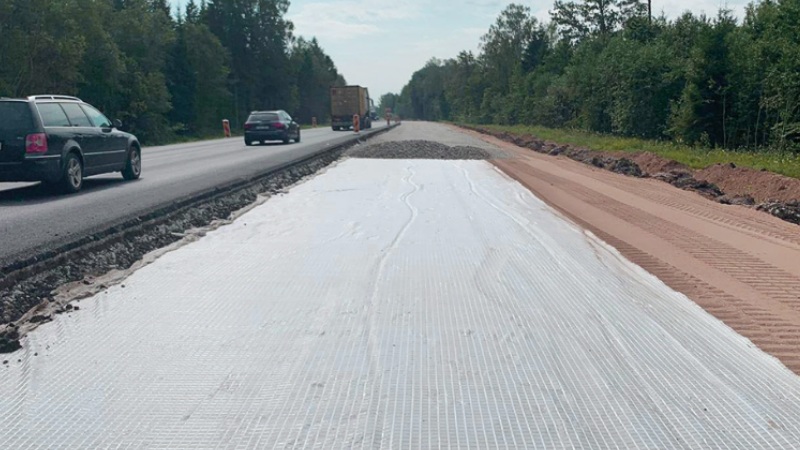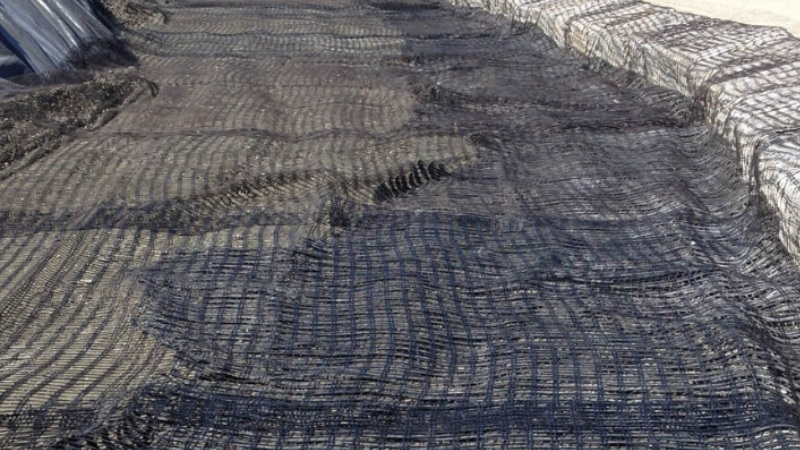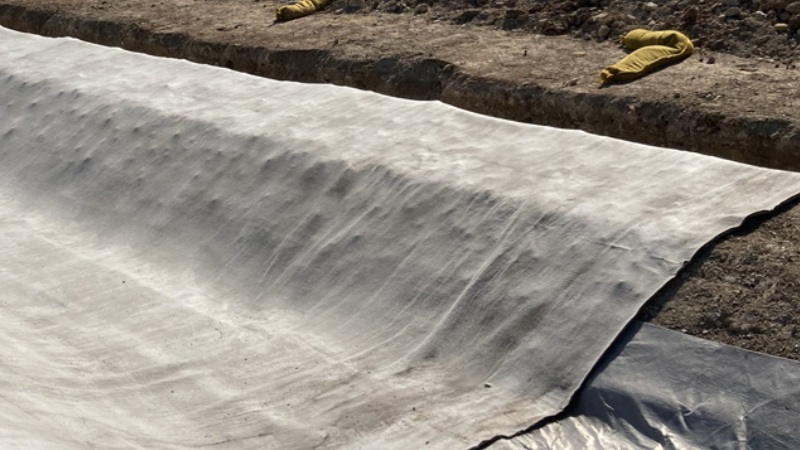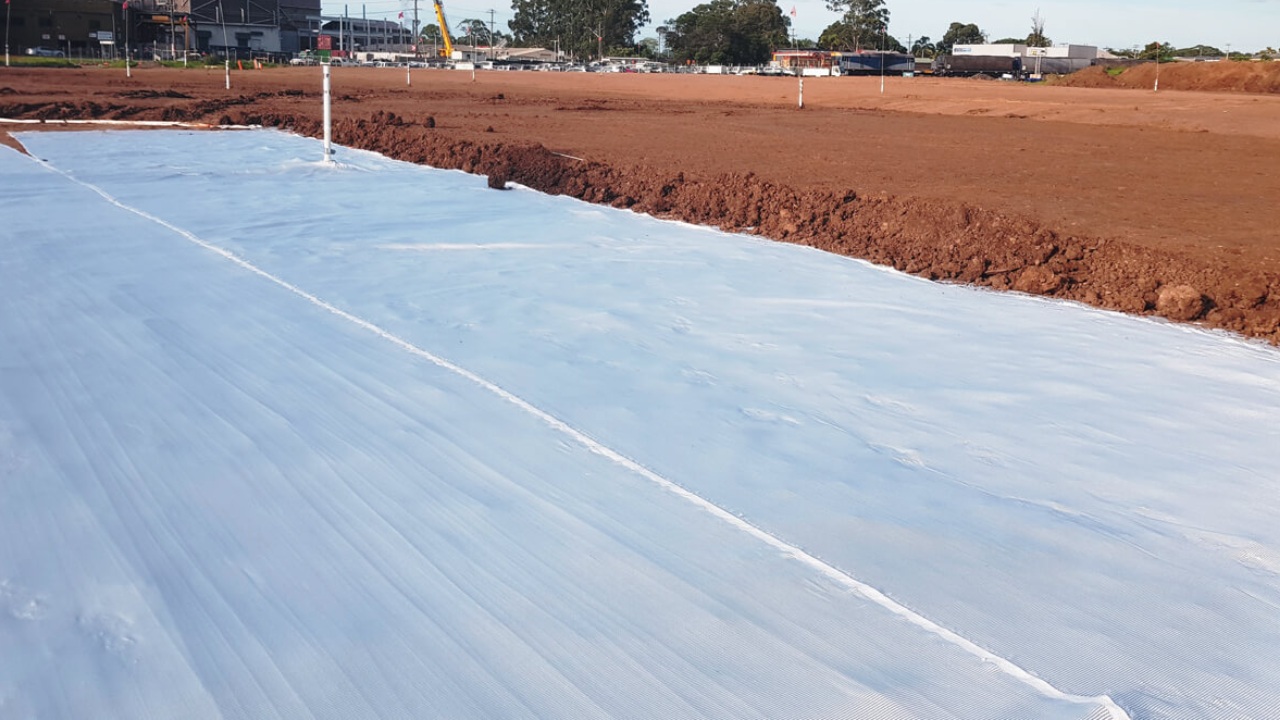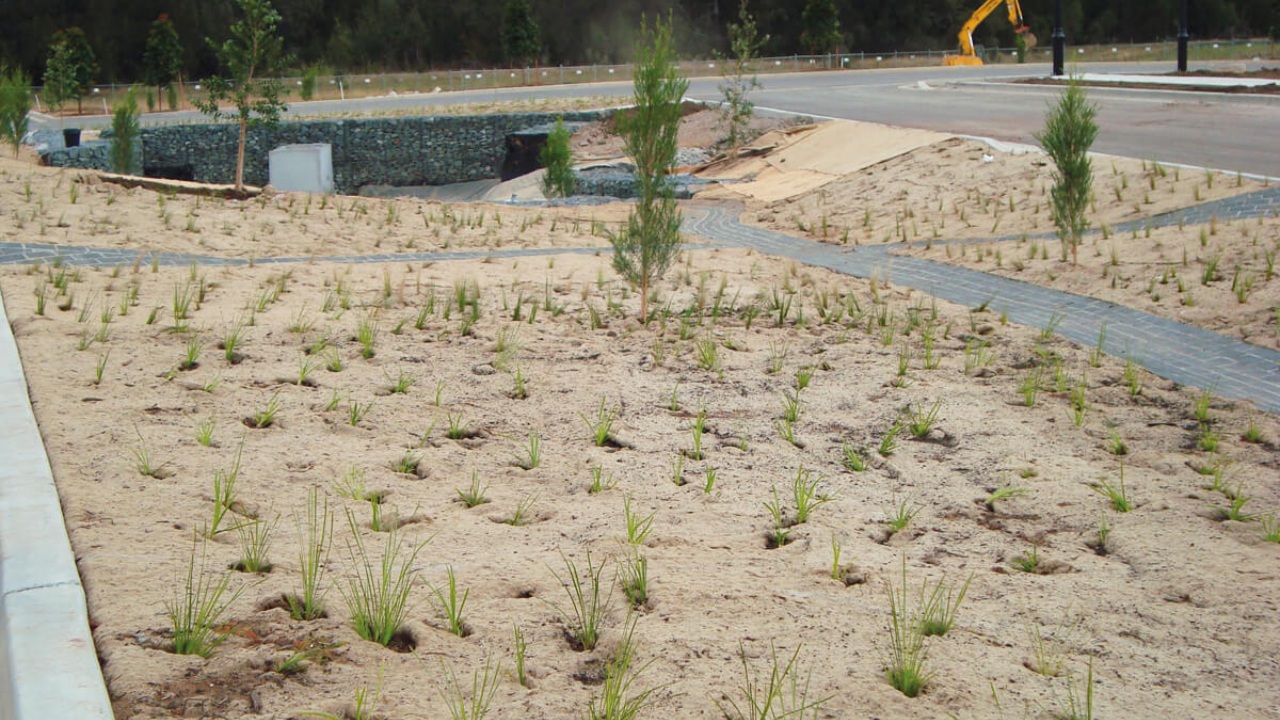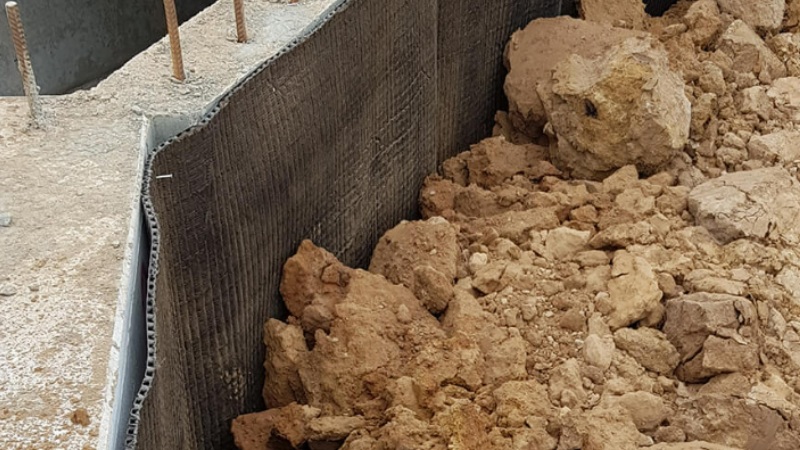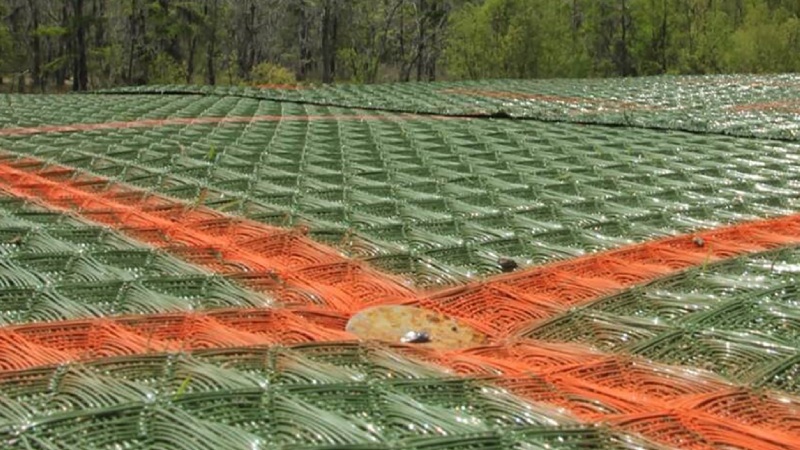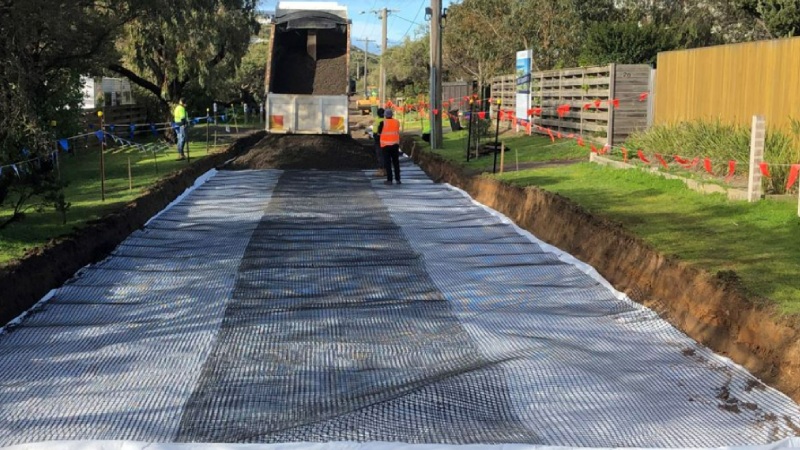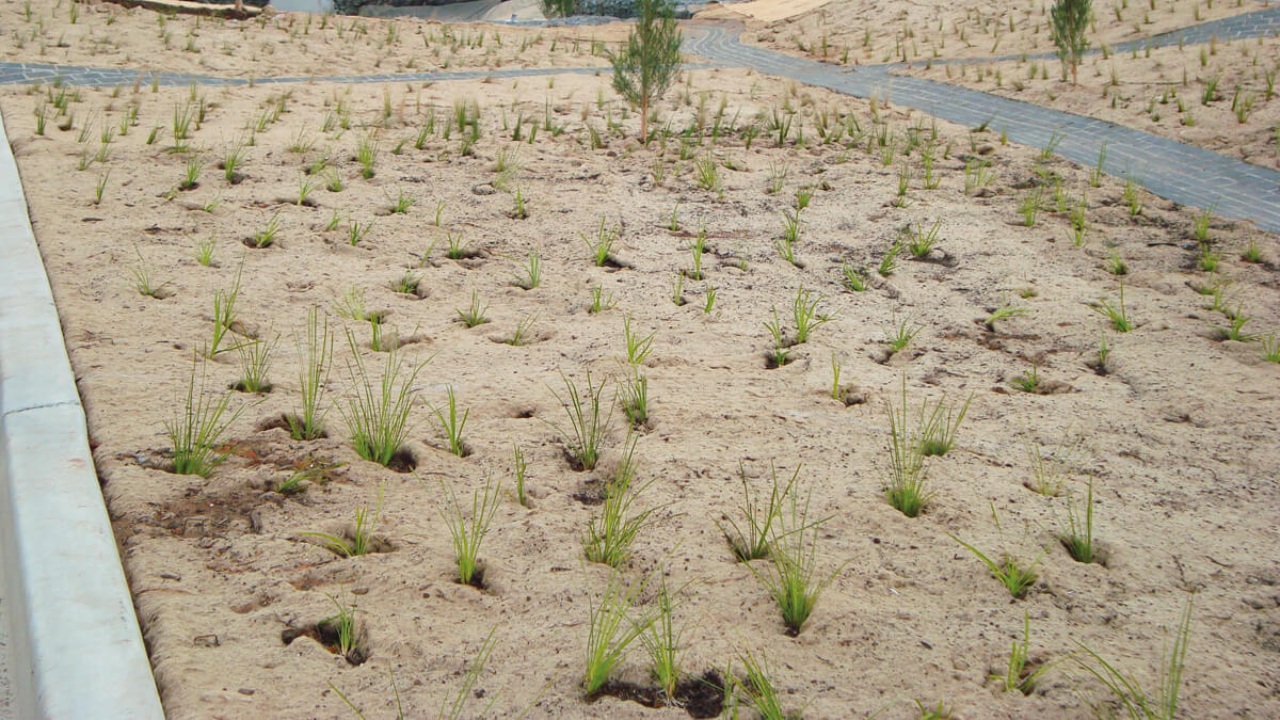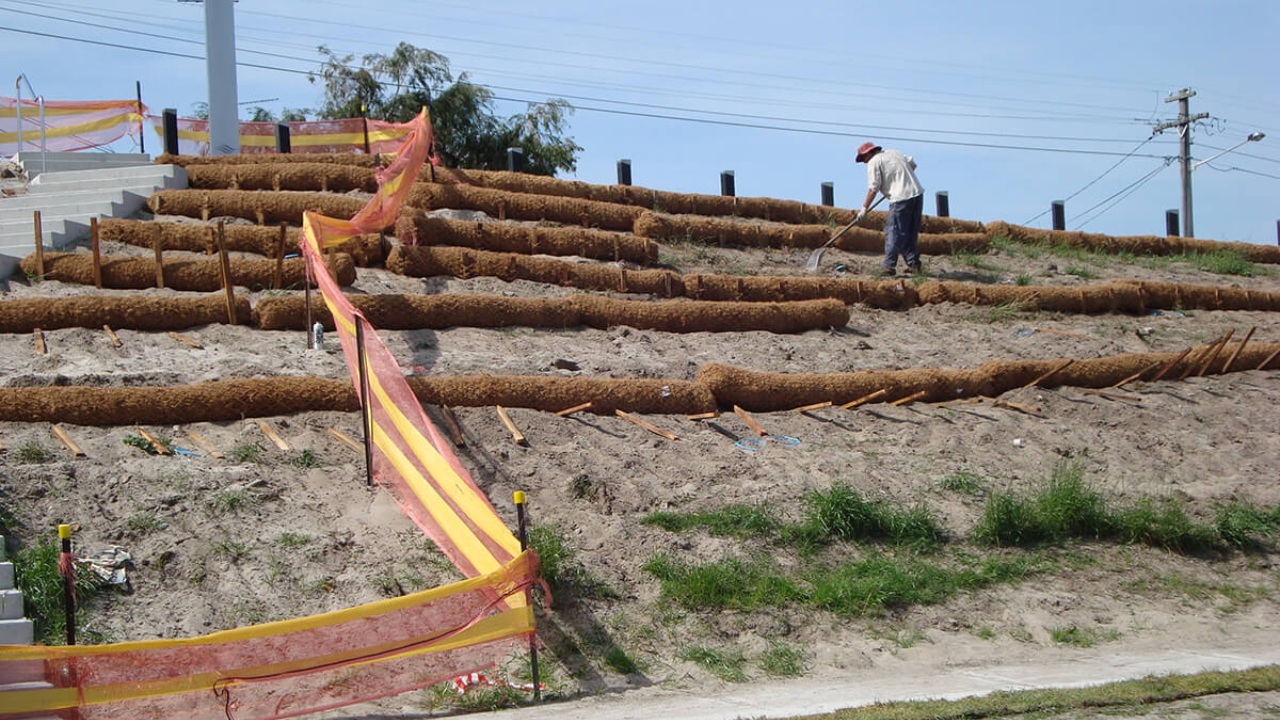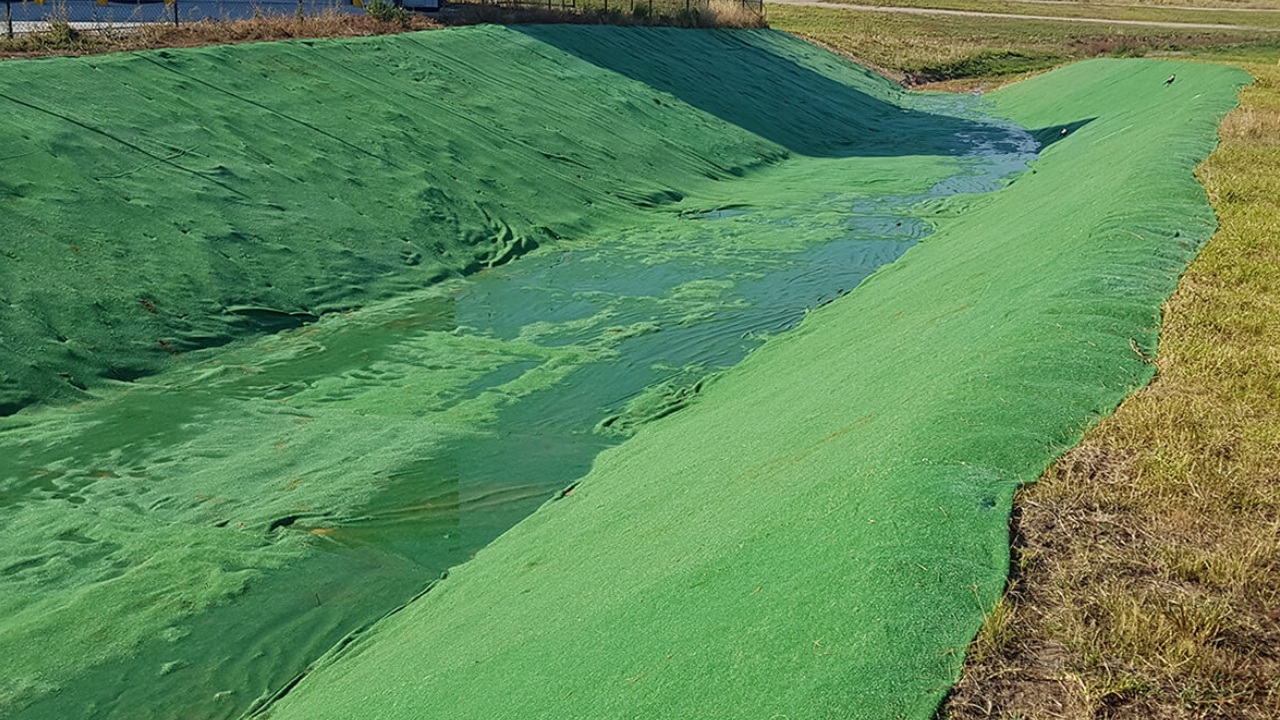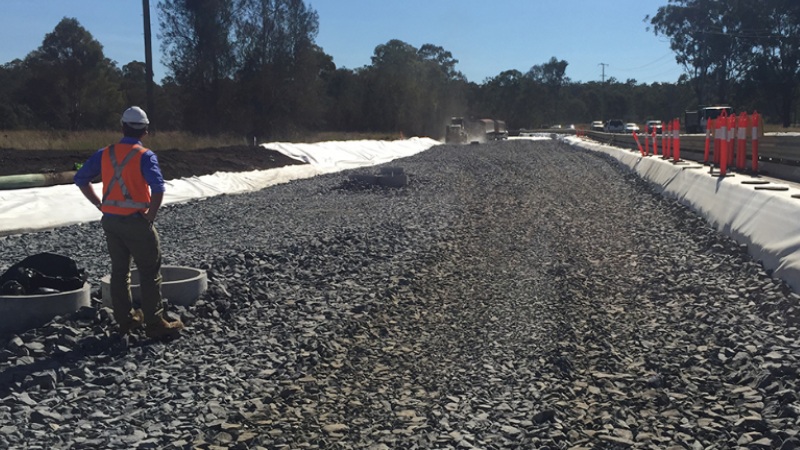Discover how Polyfabrics’ strategic network of regional warehouses across Australia ensures timely deliveries and efficient product distribution. Tailored to meet local requirements, these hubs exemplify our commitment to customer satisfaction and operational excellence
Technical Blogs
Strengthening Our Roads: The Unbeatable Benefits of Polyfabrics’ Road Tape
Discover Polyfabrics’ Road Tape – the ultimate solution for durable, eco-friendly road maintenance. Ideal for crack sealing and waterproofing, it’s key to safer, more resilient roads.
Modular Tanks vs Concrete Tanks: Which one should I choose?
When selecting a drainage system, concrete and modular tanks are primary choices. While concrete tanks offer durability, modular tanks, like Polyfabrics’ mastaTANK STM, boast eco-friendliness, a high void space ratio, and cost-effectiveness, making them an increasingly popular option for varied construction needs.
Understanding the Strengths and Weaknesses of Geosynthetic Suppliers: Why Polyfabrics Australia Stands Out
Geosynthetics offer durable, cost-effective solutions in construction. Not all suppliers are equal. Polyfabrics excels with quality products, expert support, and industry commitment. Ensure your project’s success with the right choice.
Groundbreaking Australian Geogrid Research: Reinforcing Weak Subgrades and Enhancing Flexible Pavements
Unleash the power of geogrids! Our research proves their efficiency in reinforcing weak subgrades and enhancing flexible pavements. Save costs, distribute loads evenly, and experience the ultimate soil reinforcement solution. Explore more about this game-changing technique here.
Empowering success with Polyfabrics’ revolutionary Bio-liner
Discover how our innovative Bio-liner® HDPE composite liner played a pivotal role in transforming Johnstons Creek, ensuring the success of Sydney Water’s award-winning naturalisation project.
Reinforce your asphalt with Geogrids: Cost-effective solution for longer-lasting roads, driveways, and parking lots
Asphalt is a popular material used in constructing roads, driveways and parking lots. However, over time, the asphalt can crack and become damaged, leading to costly repairs and maintenance. See how geogrids can be used to reinforce the soil and improve the stability of construction projects in this blog.
Choosing the right liner material: A comprehensive comparison of Geosynthetic Clay Liners VS Geomembranes
Geosynthetic clay liner (GCL) and Geomembranes are two popular materials used in the containment of hazardous waste and liquids. Both materials have their own unique features, benefits and drawbacks that make them suitable for different applications. Geosynthetic clay liners are a composite material consisting of a layer of sodium bentonite clay sandwiched between two layers […]
Maximising flexible pavement performance with Geogrids: A guide to effective subgrade/sub-base/soil reinforcement
An informative guide to effective subgrade/sub-case/soil reinforcement and how you can maximise flexible pavement performance.
How cellular confinement systems like EROWeb® are revolutionising soil reinforcement
A new blog from Polyfabrics on how cellular confinement systems like EROWeb® are revolutionising soil reinforcement. See how it improves soil stability as well as helping to improve soil quality.
Geotextiles for coastal applications
In many coastal environments, geosynthetics can provide robust and reliable long-term protection against issues such as scour, corrosion, mechanical erosion, dune erosion, as well as providing stability and protection during emergency works following storms and tropical cyclones.
A complete stormwater detention solution from Polyfabrics
Polyfabrics can provide design assistance throughout the 3 phases critical to the implementation of a successful onsite detention system.
What do I use to waterproof a retention pond?
Lining systems act as barriers within the geosynthetic families. The lining system will contain any liquid that is placed there, and hold it in place until it is either removed or evaporated.
What is Long Term Design Strength (LTDS)?
Why Use Partial Factors of Safety?
Typical factors and design parameters for a project are usually based on a combination of field tests, experimentation, scientific publications and engineering experience.
How do I select which TRM I need?
A great blog on how to choose the right Turn Reinforcement Mat for your project.
Benefits of a TerraLock Twist Pin
Polyfabrics supplies the popular 200mm long TL-P1 anchor pin, designed to hold all types of erosion control and soil stabilisation blanket matting securely in place.
Geosynthetics: The key to rehabilitation of flood damaged roads and infrastructure
The Polyfabrics team works with road authorities, local Councils and construction contractors throughout Australia to deliver fit-for-purpose solutions for all types of flood rehabilitation projects.
Which geotextiles are ideal for drainage?
Both woven and non-woven geotextiles are used for a wide range of civil, construction, landscaping, erosion control and drainage applications, however, selecting the right product for the application is key to getting an excellent long-term result.
Modular Soil Vault System: mastaVAULT Mega Tree
An informative blog on our mastaVAULT Mega Tree product, the benefits of soil vault systems and it’s specifications.
What are turf reinforcement mats (TRMs) and how do they work?
A great blog explaining what turf reinforcement mats (TRMs) are, how they work and what types of TRMs PFA has to offer.
Flocculants and coagulants: what do they do?
The difference and purpose of Flocculants and Coagulants.
mastaTEX® Concrete Vs. Shotcrete
Let’s take a look at the differences between mastaTEX concrete and shotcrete, and which is the best solution for civil construction, landscaping and drainage applications.
TerraStop Silt Fence Grades Explained
An informative blog post on the types of silt fencing and the differences and uses for each.
What Geogrid should I use in my pavement?
An informative blog post on choosing the right Geogrid
Biaxial vs Triaxial vs Uniaxial Geogrids
There is a range of different geogrids available on the market, each suitable for different applications.
Tackling Erosion with mastaTEX® Concrete on a Roll
A great blog on what mastaTEX Concrete is, when to use it and how.
Understanding strength at strain in geosynthetics
A informative blog post on understanding strength at strain in geosynthetics and how it could affect your project.
When to stabilise an embankment using biodegradable geosynthetics
This blog post explains when and how to stabilise an embankment using biodegradable geosynthetics
How to install TerraDrainⓇ for wall drainage applications
How to install TerraDrainⓇ for wall drainage applications
VicRoads Section 210 & 702: What can Polyfabrics supply?
To make it easy for our customers to find the right geosynthetics, the Polyfabrics team has broken these specifications down with a cross-reference of which products are suitable for different applications.
Biodegradable VS Permanent solutions for embankment rehabilitation
In this article, we take a look at the two most common approaches to rehabilitating an embankment and how to determine which is right for your project.
The best way to install geogrids for pavement reinforcing
Proper installation of geogrids is crucial for pavement reinforcement. Follow our guide for optimal results with E’GRIDⓇ and E’GRIDⓇ GT products. Consult experts for site-specific instructions.
The difference between jute and coir matting
Jute and coir are natural, biodegradable erosion control products. Jute is breathable, ideal for plant growth and weed suppression. Coir is strong, perfect for coastal and waterway applications. Polyfabrics has large stock and fast delivery Australia-wide.
How to install coir logs on embankments
Correctly installing your coir logs will ensure long term protection against erosion. This simple 4-step process is the recommended method of placing coir logs on slopes before planting out with vegetation.
Flood repair works using Geosynthetics
Flooding is an unavoidable natural occurrence. Although good design can go some way to improving the strength and durability of roads and embankments, there is often a significant amount of damage after flood events that can be rectified and managed with the use of geosynthetics.
Transport for NSW Specification R63 Made Easy
Choosing geotextiles that comply with this specification is an important part of delivering a successful project for your clients, so we’ve put together this guide to help you identify which Polyfabrics products comply with R63.
